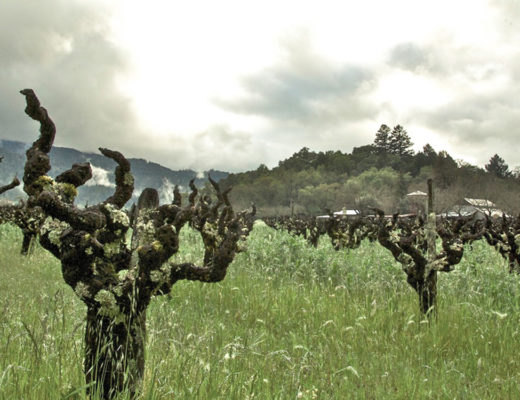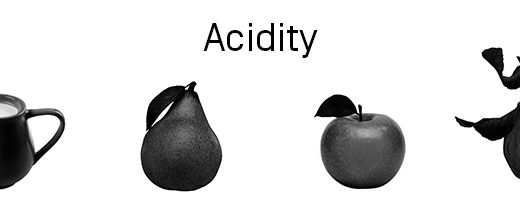It’s always fascinated us how grapes all seem to taste pretty much the same, and yet as soon as those grapes are turned into wine, they reveal a massive range of flavors which are hard to believe could possibly be present.
How does the Cabernet Sauvignon grape, for example, end up tasting of blackberries and licorice? Can a Pinot Grigio grape really contain the chemicals required to cause pineapple and peach flavors to appear on our tongues? Where do the flavors of chocolate, lychee, cut grass and cantaloupe melon possibly come from? Such is the strange magic of wine and winemaking, and source of wine’s endless intrigue.
There’s plenty of information out there regarding where the more complex and bizarre notes in famous wines come from, and how best to identify them. For now, let’s take a look at the fruit profiles of wine, and consider which are the most prominent, and how we can recognize them when they appear.
Where do Fruit Flavors in Wine Come From?
Perhaps a better question to ask would be why wine grapes taste so different from the wines they produce. Without going to deep into the science, it all comes down to the stereoisomers in the wine – these are the compounds which create aroma, and which are released during the fermentation process.
When you sniff your wine, the alcohol carries these aroma compounds into the air and straight to your olfactory receptors. Every wine contains hundreds of different stereoisomers, and every single compound has the ability to affect both the smell and the taste of the wine. As our senses react to the compounds, our brain starts firing off different responses to them, leading to us detecting a wide array of flavors and aromas in what is essentially just grape juice. Fascinating!
Fruity Notes in Red Wines
We can quite easily split the most common fruit flavors in red wine into two clear categories: red fruit, and dark fruit. Being able to tell the difference between the two can really enhance your tasting abilities, and will help you identify wines in blind tastings.
Wines which exhibit dark fruit flavors – like hedgerow berries, plums and damsons – are usually those which fit into the ‘full-bodied’ category, like Bordeaux or Nebbiolo. Those with red fruit flavors will usually be lighter and medium-bodied wines, such as Pinot Noir or Sangiovese. When trying these wines, close your eyes and let your memory do the work; as each flavor manifests on your palate, acknowledge its presence, try to think where you’ve encountered it before, and visualize it the best you can before moving onto the next one.
Fruity Notes in White Wines
White wines often exhibit more fruit flavors than red wines, simply due to the fact that there will probably be less spiciness and certainly fewer tannins crowding your palate.
In white wines, you’re likely to come across two key fruit styles: citrus fruits, and orchard fruits. However, the fruit flavors in white wines are dictated quite powerfully by the climate in which the grapes have been grown – you’ll find, for example, that a Pinot Grigio grown in the cool climate of northern Italy will be considerably more citrus-based than the peach-and-pineapple, exotic, fruit-salad flavors of one grown in a hotter New World climate.
Flavor Profiles
If you want to explore fruit flavors further, it would be well worth taking time to look at a wine wheel or flavor chart. At Wine Access, we’ve even created flavor profiles that we include with each wine. This will help you to explore layer upon layer of flavor, and look at the typical notes most wine tasters will discover in common wine styles. Remember, though – wine tasting is essentially a subjective experience, and what you identify may be quite different to what someone else encounters. Tasting can be a fascinating and exploratory experience – just remember that wine should be primarily enjoyable and relaxing to drink, too!





